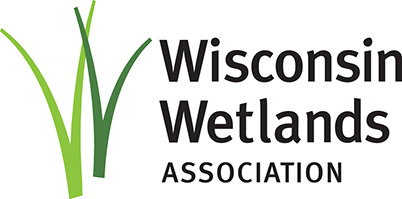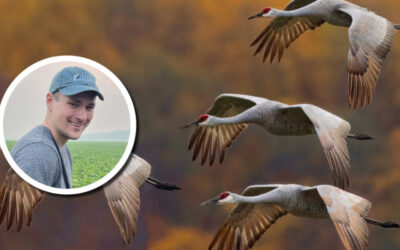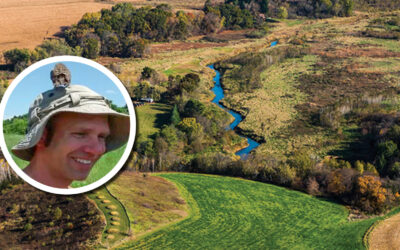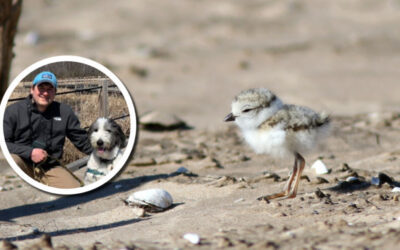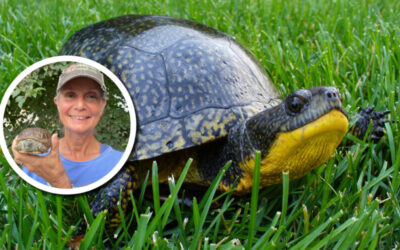Wetland Coffee Break
The Wetland Coffee Break series helps keep our community of wetland lovers connected and learning about wetlands throughout the year, from anywhere! Bring your coffee and learn about wetlands, the plants and animals that call them home, and the many natural benefits they provide to our communities. Sessions are held on Zoom and feature time for audience Q&A.
See below for a list of upcoming presentations and to register. Once you register, you’ll receive an automatic email including the URL link and password you’ll need to access the meeting. We record and post each presentation so you can watch any that you missed live. You’ll find links to these recordings below, and you can also find them on our Facebook page.
We are grateful to all of the presenters for sharing their knowledge and expertise and to everyone interested in learning more about wetlands! If you are interested in giving a Wetland Coffee Break presentation, or if you have a wetland topic you’d like to see covered, please contact Katie.Beilfuss@wisconsinwetlands.org.
We are now able to provide attendance verification to Wetland Coffee Break audience members who attend the live sessions and request this service. We created this mechanism in response to requests from members of the Wetland Coffee Break audience who would like to apply their Wetland Coffee Break learning to their continuing education or certification requirements. Learn more about how to receive attendance verification here.
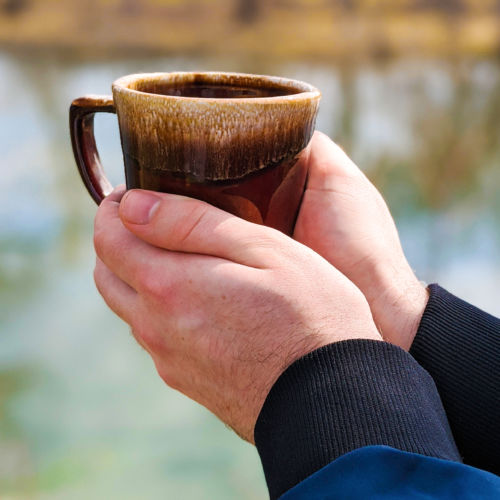
Register for a Wetland Coffee Break
The Wetland Coffee Break is on winter break, back in 2026. Check back in later this winter for upcoming programs, and subscribe to our every-other-week Wetland News email to get our calendar of events, which includes Wetland Coffee Break episoded. Meanwhile, consider attending the 2026 Wetland Science Conference, happening Feb. 24-26 in Baraboo/Wisconsin Dells, for more great information about wetlands.
Watch previous presentations
Click “Older Entries” below to see more past presentations, or view our Google Sheet index of past presentations here.
Wetland Coffee Break: Helping farmers, saving cranes
International Crane Foundation’s Ryan Michalesko joined us to discuss how ICF is expanding its efforts to find real solutions to support farmers while also protecting cranes and the landscape.
Wetland Coffee Break: New general permit to promote hydrologic restoration of streams, wetlands, and floodplains in Wisconsin
Hear from WWA’s Erin O’Brien and the WDNR’s Tom Nedland as they give a brief background and overview of the Hydrologic Restoration General Permit, which will encourage voluntary wetland, stream, and floodplain restoration and management projects.
Wetland Coffee Break: An introduction to Wisconsin’s wetland-loving snakes
Get acquainted with the 8 species of snake in Wisconsin that spend time in wetlands for at least part of the year in this Wetland Coffee Break presentation from Rebecca Christoffel.
Wetland Coffee Break: Immediate avian response to restoration in Lower Green Bay
Learn how migrating and nesting birds are responding to wetland restoration projects in Lower Green Bay.
Wetland Coffee Break: Restoring the Little Yellow River watershed in central Wisconsin
Learn how this restoration project is aiming to help the community be more resilient to extreme weather events.
Wetland Coffee Break: Blanding’s turtle: A true wetland denizen
Join Rebecca Christoffel to learn more of the fascinating life history of Blanding’s turtles as well as some current conservation efforts underway to help their populations.
